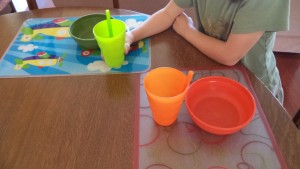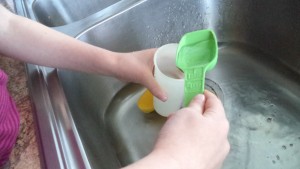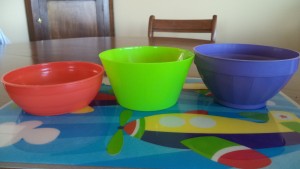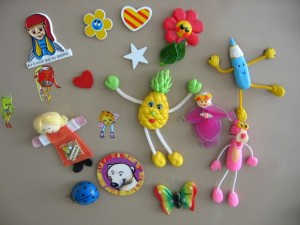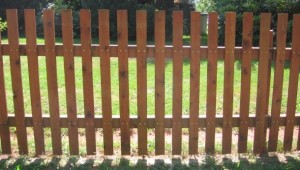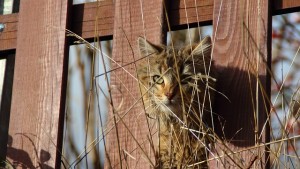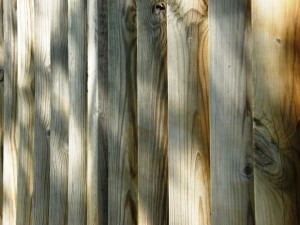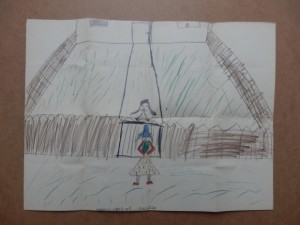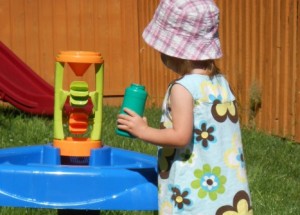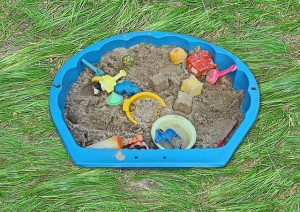Your house does not need to be set up as a preschool to have math fun. You don’t need to be a math teacher either. For fun, try some math in the bath.
We don’t realize how much math we do in a day and in how many different places. One of those can be in the bath and the rest of the bathroom.
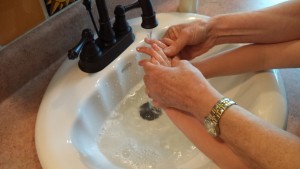 Parents remind kids to wash hands countless times a day. During one of those times when little hands are actually in the sink, count all the fingers to make sure there are ten. Then, when drying them, hold a couple of fingers in the towel and count again. Some fingers will be missing! Where are they? Look for the fingers and then ‘find’ them. Oh, thank goodness.
Parents remind kids to wash hands countless times a day. During one of those times when little hands are actually in the sink, count all the fingers to make sure there are ten. Then, when drying them, hold a couple of fingers in the towel and count again. Some fingers will be missing! Where are they? Look for the fingers and then ‘find’ them. Oh, thank goodness.
Speaking of towels, they are often different sizes. That’s math. The words for sizes depend on what things are being compared. A hand towel is small compared to a bath towel, but it’s bigger than a facecloth. Understanding big and small needs lots of experiences.
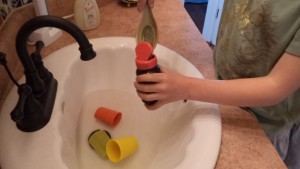 Kids can play and do math in the sink or in the bathtub. Give kids a few different size containers to fill with water and pour out. Kids figure out they need to use lots of little containers to fill a big container. As you watch a child in a tub, together you can count how many little fill-ups a big container takes.
Kids can play and do math in the sink or in the bathtub. Give kids a few different size containers to fill with water and pour out. Kids figure out they need to use lots of little containers to fill a big container. As you watch a child in a tub, together you can count how many little fill-ups a big container takes.
One dad and his son like to write numbers and do simple math problems with bath crayons. They might draw four monsters and then wash one away; 4 take away 1 leaves 3. What a fun way to do math.
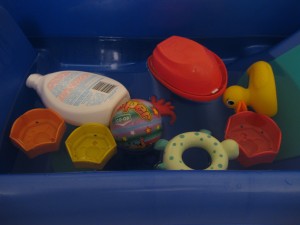 Check out the bath toys for different shapes. Are there any circles, squares, triangles, and rectangles? Kids can draw some shapes with bath crayons or soap.
Check out the bath toys for different shapes. Are there any circles, squares, triangles, and rectangles? Kids can draw some shapes with bath crayons or soap.
These are only a few ways to do math in the bath. After a bath, count and make sure there are still 10 toes. Did any of them get washed away?

